SAEDNEWS: Kandovan Village, located in Iran's East Azerbaijan Province, is renowned for its rock-carved homes built into volcanic cliffs. This ancient village offers a fascinating glimpse into Iran's architectural heritage and resilient way of life.
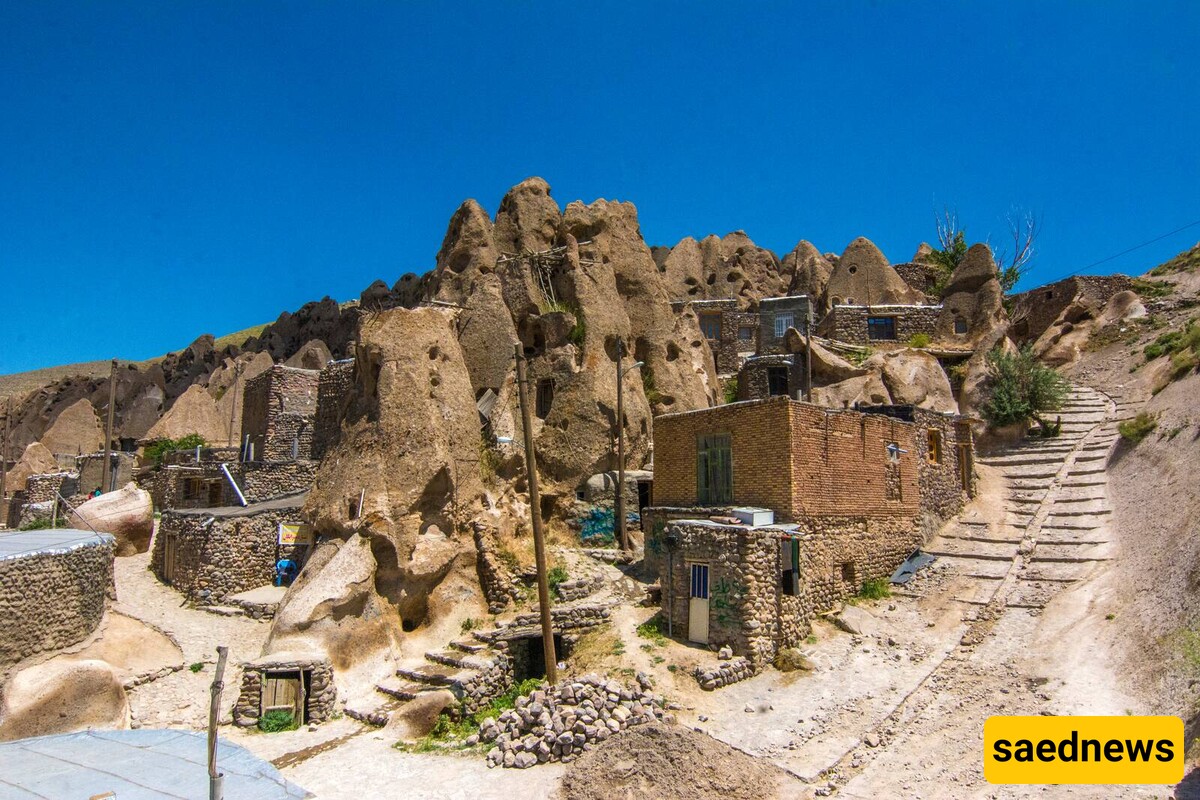
Reporting from SAEDNEWS, tucked away in East Azerbaijan’s mountainous terrain, Kandovan Village is a unique marvel. The village offers a living example of ingenious architecture because of its ancient homes carved into volcanic rocks. For over 800 years, Kandovan continues to thrive, drawing visitors to its extraordinary way of life, preserved through generations. The village stands as a testament to human resilience and architectural creativity.
Kandovan’s origins are steeped in both history and survival. It is believed that the village was founded as a refuge from Mongol invaders during the 13th century. The area’s natural volcanic rock formations provided both protection and concealment for the villagers. Over time, what started as a defensive stronghold transformed into a permanent settlement, evolving into the village we see today.
The villagers’ ability to carve out homes from the very land they inhabit speaks to their resourcefulness. For centuries, these rock homes have provided shelter, demonstrating a unique blend of ancient wisdom and sustainable living.
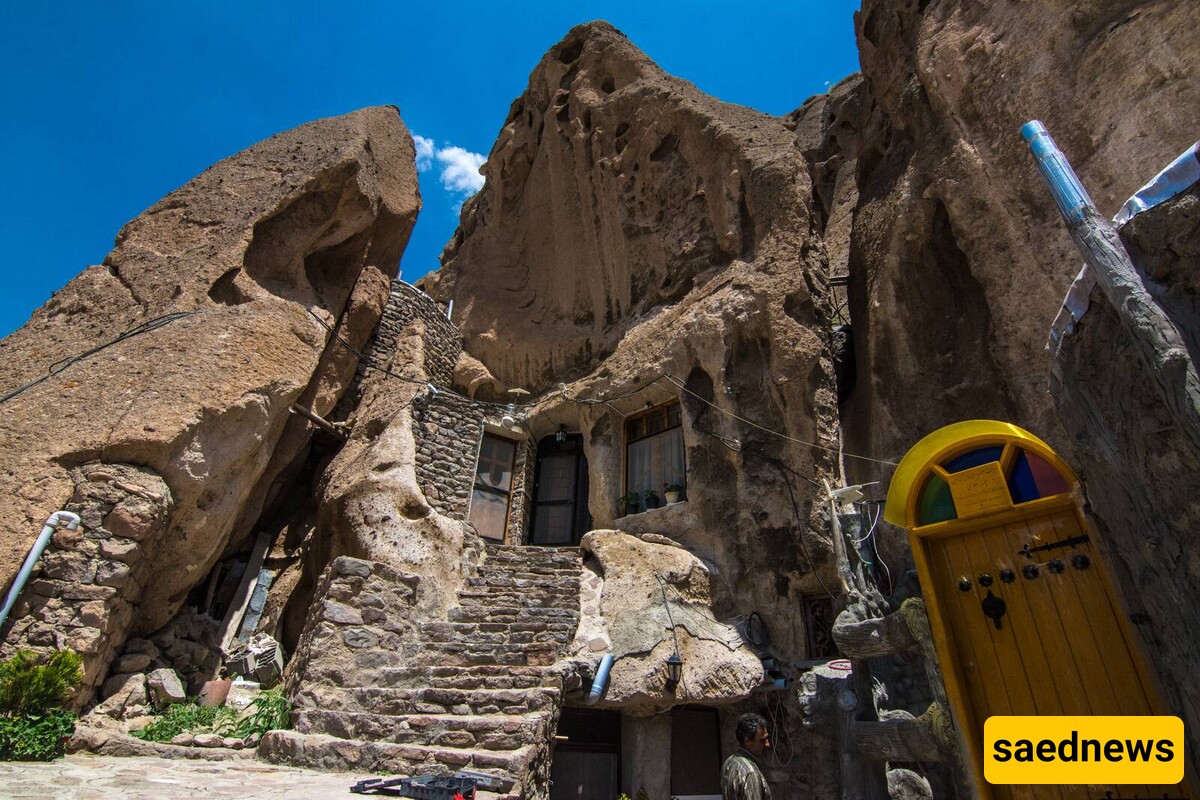
Beehive Homes and Natural Shelter
Kandovan’s most striking feature is its distinctive beehive-shaped homes, carved directly into volcanic tuff. The homes are built within these natural formations, with multiple levels serving different functions. Each home is designed with comfort in mind, offering protection from the region’s harsh weather.
During cold winters and cool in the heat of summer, the rocks' thermal properties provide natural insulation, keeping homes warm. This environmental adaptation has made these homes incredibly durable, allowing families to live in them for generations.
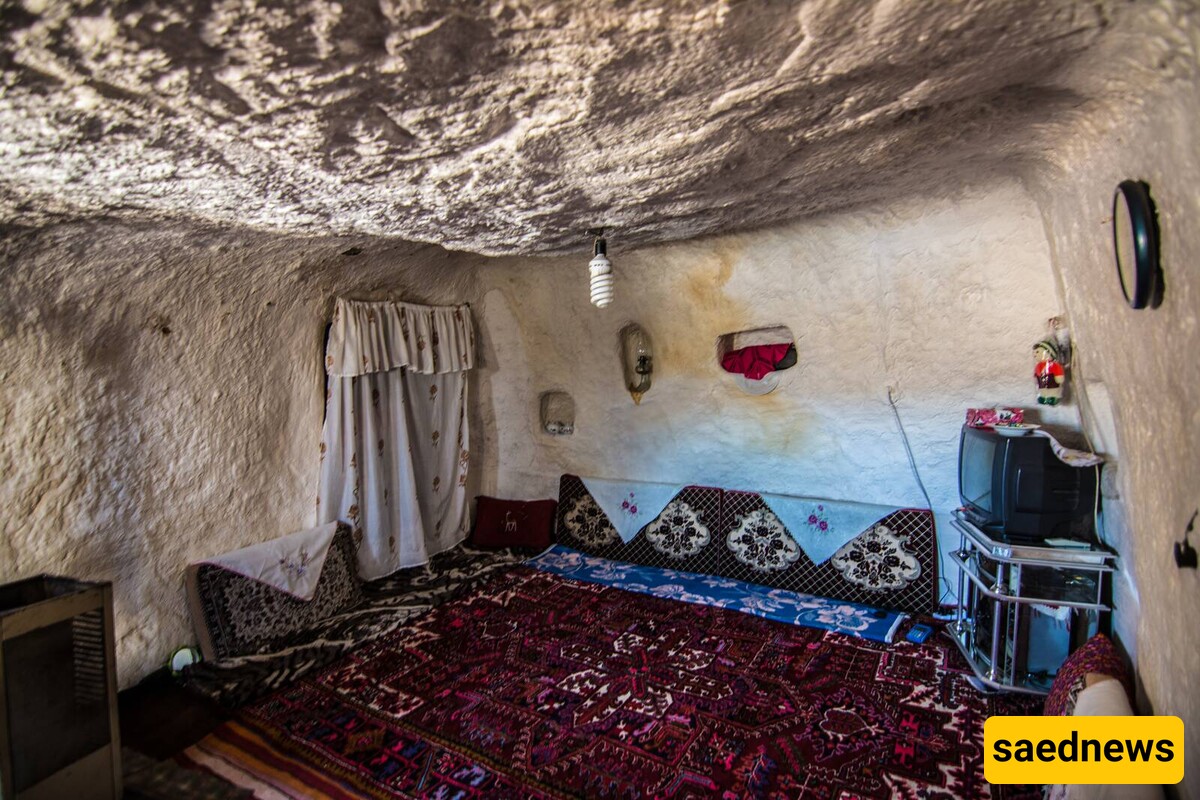
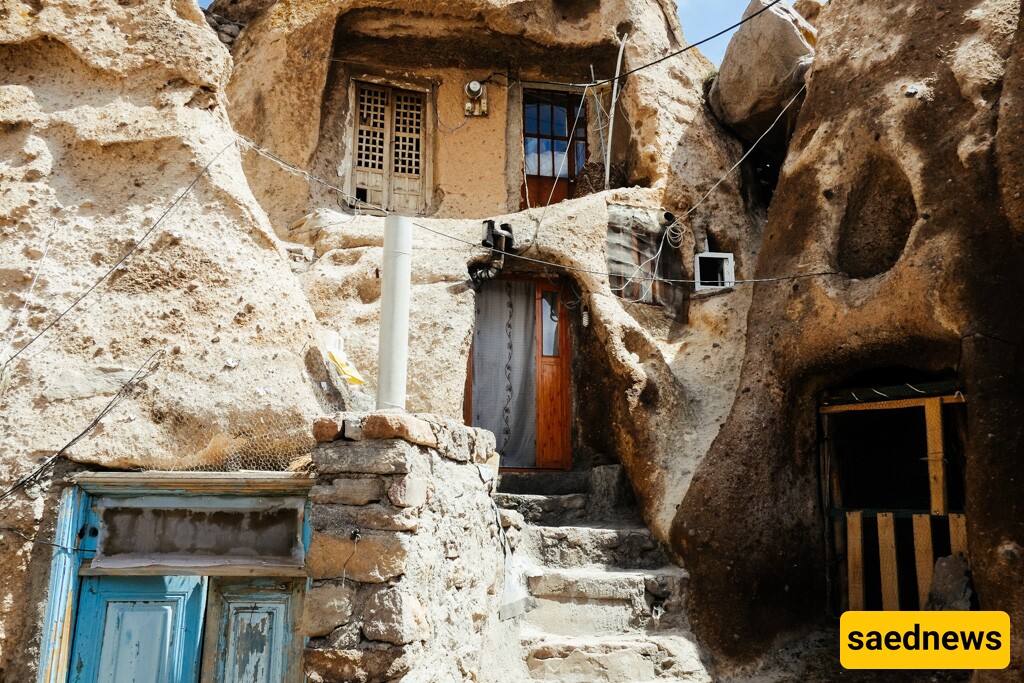
A Community Rooted in Tradition
Life in Kandovan revolves around agriculture, livestock, and handicrafts. The villagers maintain a simple yet fulfilling lifestyle, with farming, animal husbandry, and traditional crafts playing a central role. The skills required to craft wool textiles, carved wooden objects, and other handmade goods have been passed down over generations, ensuring the preservation of cultural traditions.
The close-knit community is deeply connected to the land, with families living in the same homes their ancestors built. Their daily lives remain largely unchanged, embracing a sustainable way of living that harmonizes with the natural environment.
Craftsmanship and Local Products
Handicrafts form an integral part of Kandovan’s economy. Visitors often purchase handmade wool products, including carpets, felt, and woven items. The village is also known for its honey, harvested from the surrounding hills, which is considered a local delicacy.
Additionally, natural remedies such as herbal products are commonly sold by local artisans, giving travelers a chance to experience the village’s holistic approach to health.
Stunning Natural Surroundings
Kandovan is not only known for its architectural uniqueness but also for its breathtaking natural beauty. The village is set against the backdrop of Mount Sahand, offering magnificent views of the surrounding valleys and rugged cliffs. The contrast between the harsh volcanic rock and the lush green fields surrounding the village creates a visually stunning landscape.
Mineral Springs and Wellness Tourism
In addition to its geological wonders, Kandovan is famous for its mineral springs, believed to have healing properties. These natural springs attract tourists seeking health benefits, with many claiming that the waters help with ailments such as kidney problems. The combination of clean mountain air, therapeutic waters, and tranquil scenery makes Kandovan a place for both physical and mental rejuvenation.
Protecting Kandovan’s Heritage
As tourism grows, maintaining the village’s integrity becomes a priority. Efforts are underway to preserve Kandovan’s historical sites and its unique architectural style. This includes regulating new construction and encouraging visitors to respect local customs and the delicate environment.
Community-Driven Tourism
Kandovan has adopted a community-based tourism model that emphasizes sustainable practices. Many villagers open their homes to visitors for homestays, offering a chance to experience the traditional lifestyle firsthand. This form of tourism helps preserve the authenticity of the village while providing economic opportunities for locals.
The community-based approach allows visitors to connect deeply with Kandovan’s heritage, offering a more immersive and respectful tourism experience. By staying with locals and participating in daily activities, travelers gain insight into the customs that have sustained the village for centuries.
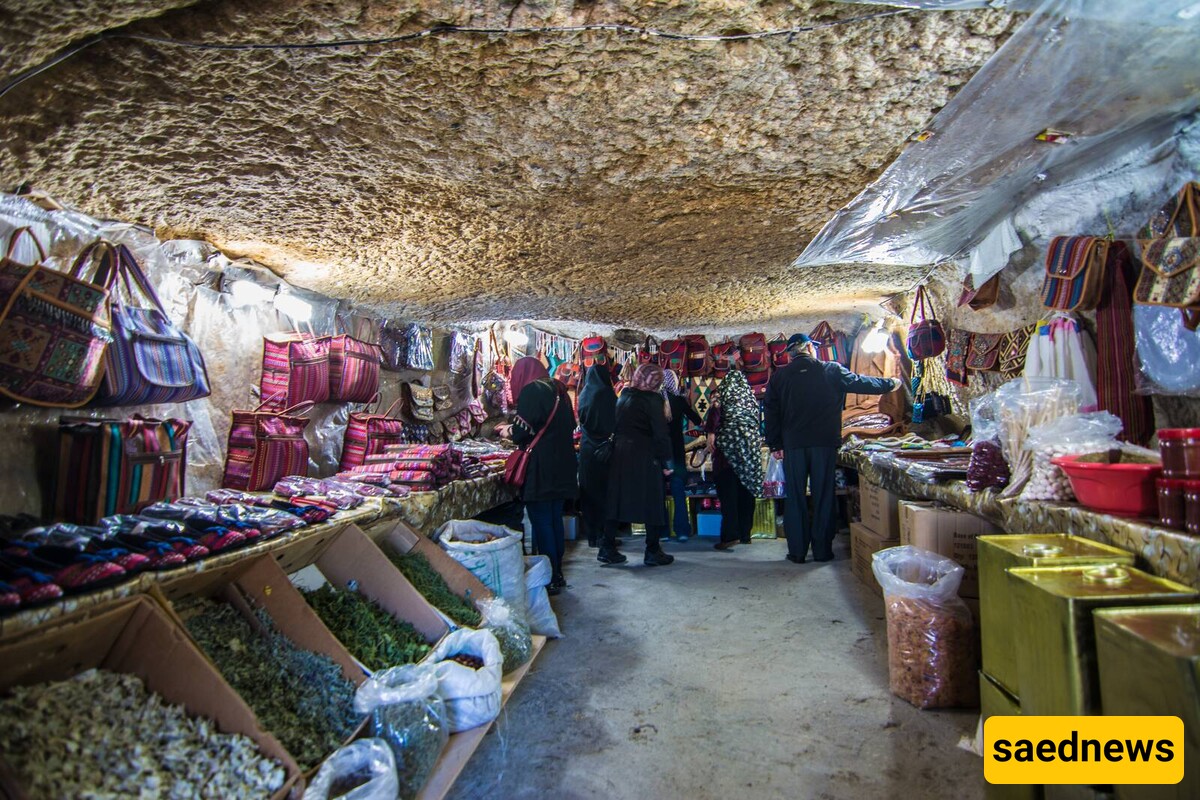
Kandovan Village is a living testament to the ingenuity of its people and their ability to adapt to their surroundings. It is one of Iran’s most fascinating destinations because of its ancient rock-hewn homes, the breathtaking landscape, and the rich cultural heritage. With its blend of history, tradition, and natural beauty, Kandovan offers visitors a unique experience that transcends the typical tourist destination. Even though the village faces the challenges of modern tourism, its commitment to preservation ensures that future generations will continue to witness the charm and resilience of this remarkable community.

